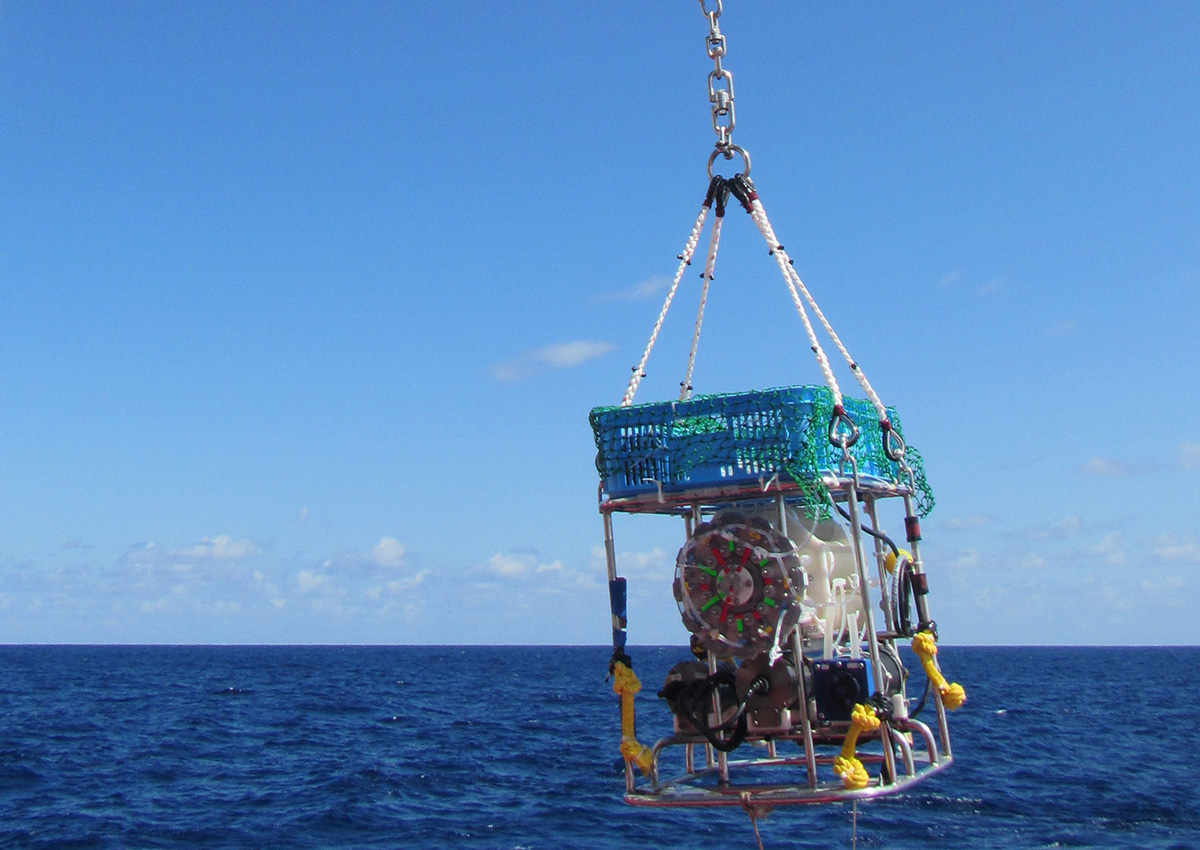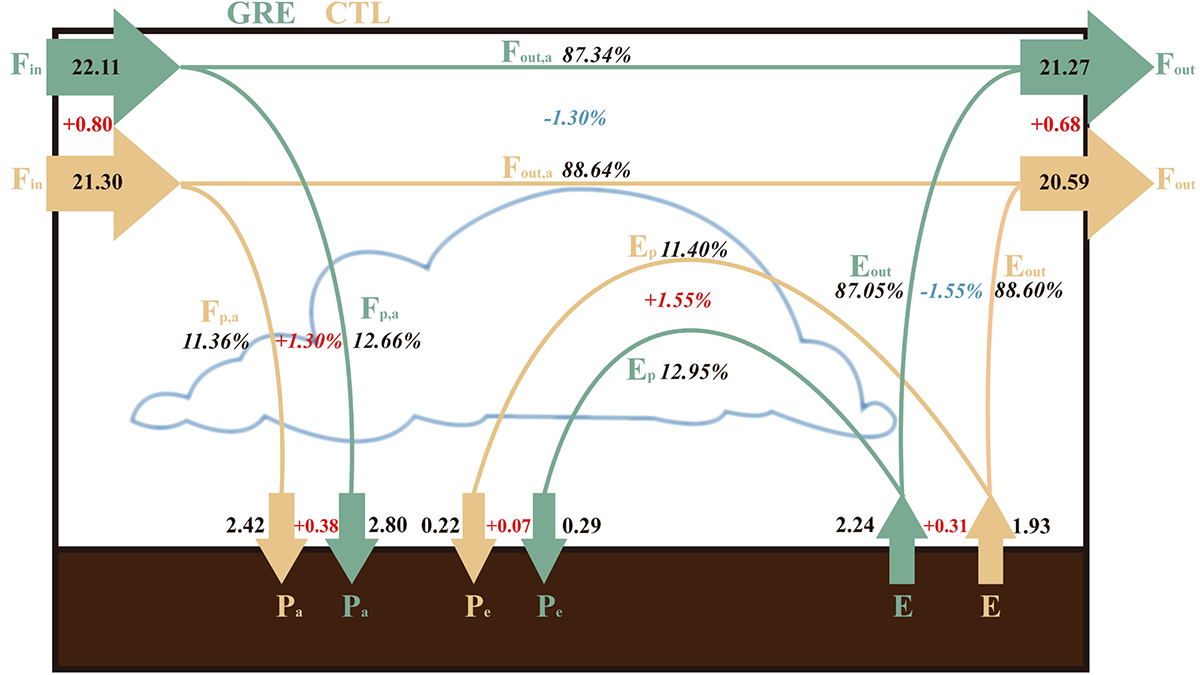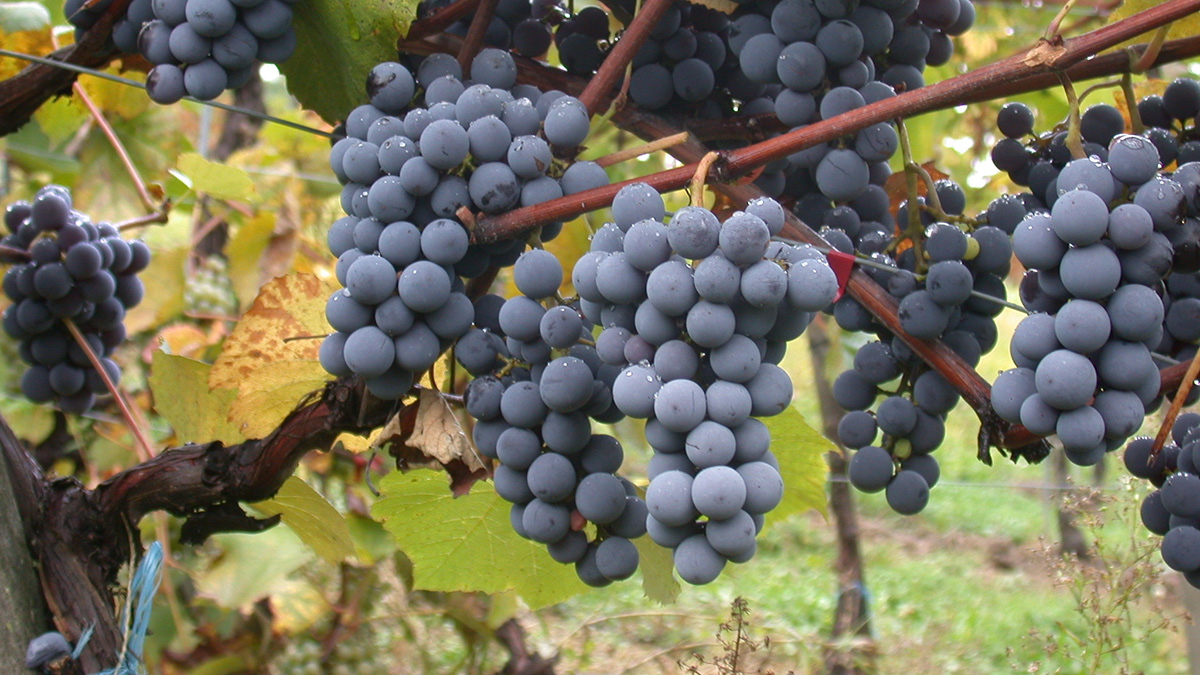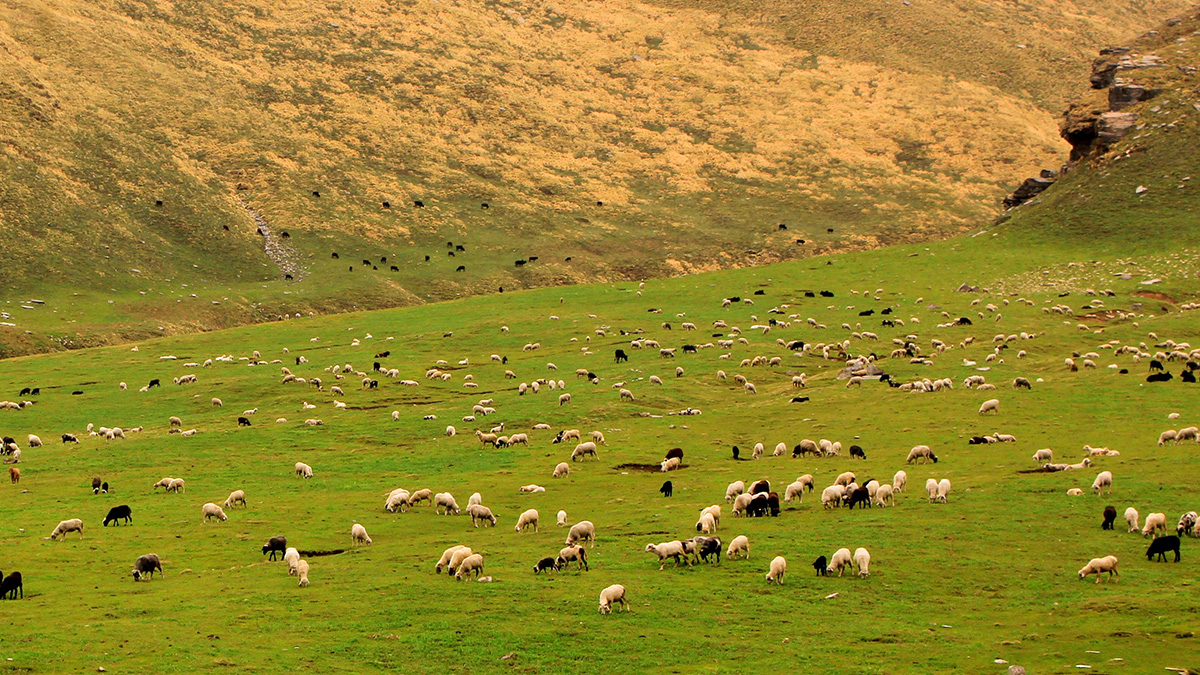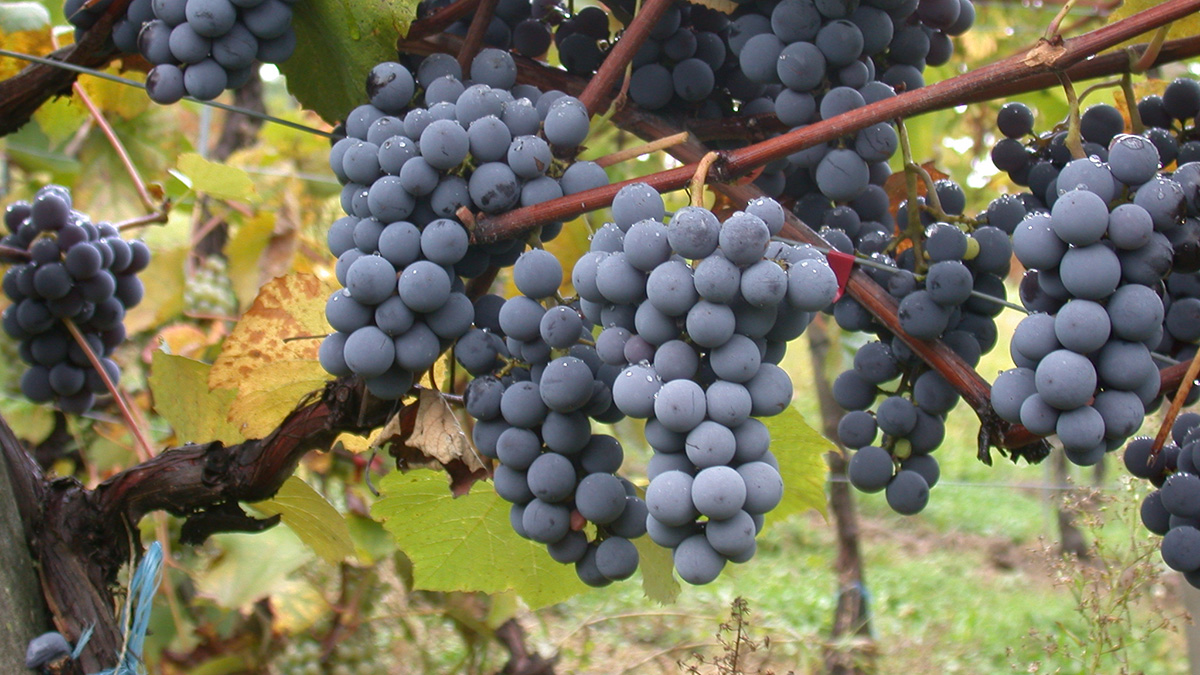Amazon soils are usually low in the nutrients that plants covet, but harpy eagles can create local hot spots with their poop and prey.
biogeosciences
La presión del océano profundo tiene un aplastante impacto en el ciclo del carbono
La presión extrema que existe en el mar profundo reduce el apetito de los microorganismos por carbono orgánico. Este hallazgo podría tener implicaciones importantes en la geoingeniería y el balance de carbono global.
Greening of Loess Plateau Increases Water Yield
Vegetation restoration over the Chinese Loess Plateau can enhance atmospheric moisture convergence, increasing the precipitation enough to compensate for the vegetation water consumption.
Carbon In, Carbon Out: Balancing the Ocean’s Books
Scientists have developed a consensus guide of standard protocols for how best to measure oceanic primary productivity, a key component in Earth’s carbon cycle.
Gardens Are Good for the Neighborhood
A new study highlights the benefits of urban gardens for their human caretakers and local ecosystems.
Cómo el Último Máximo Glacial influenció en el origen del vino
El severo clima de la era de hielo influenció el cultivo de la vid durante el nacimiento de la agricultura.
Veterinary Antibiotics Reduce Soil Carbon Sequestration Capacity
Livestock grazing areas sequester less carbon than those under wild herbivores.
Native Plants Are Hiding Up High, but Invaders Are Catching Up
Far from pristine outposts of nature, mountains across the world are being rapidly colonized by non-native plants that spread uphill along roads.
Making Sense of the Great Barrier Reef’s Mysterious Green Donuts
Researchers set sail to the Great Barrier Reef to study how ring-shaped algae deposits formed and evolved, what feeds them, and the diversity of creatures that call them home.
How Wine’s Origin Was Shaped by the Last Glacial Maximum
The harsh climate of the ice age influenced grapevine cultivation at the dawn of agriculture.


